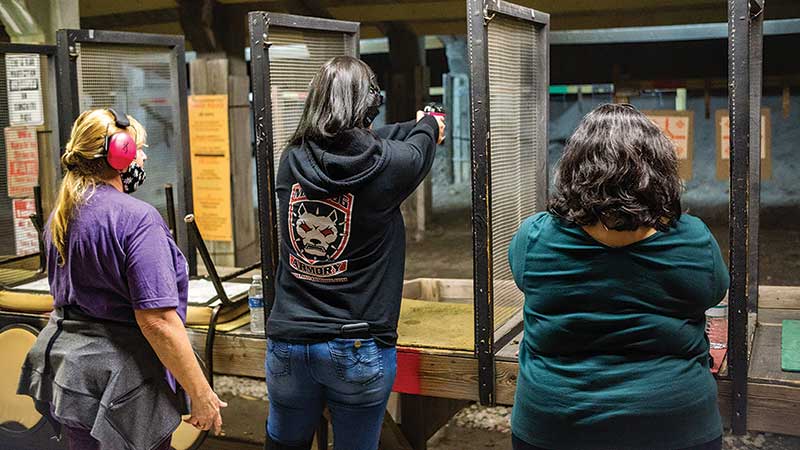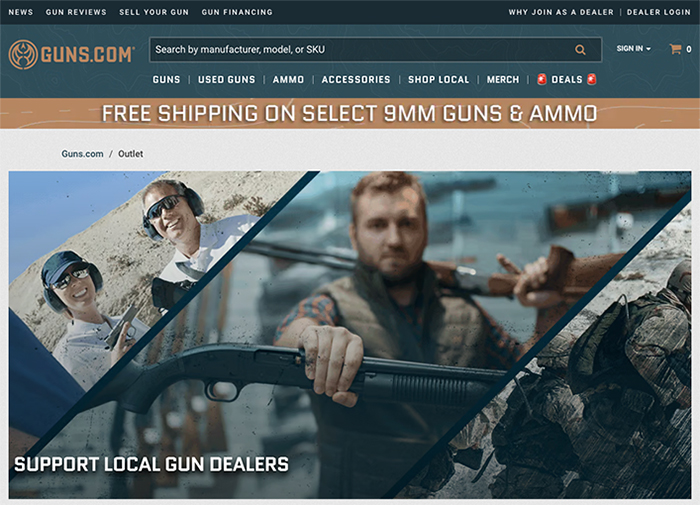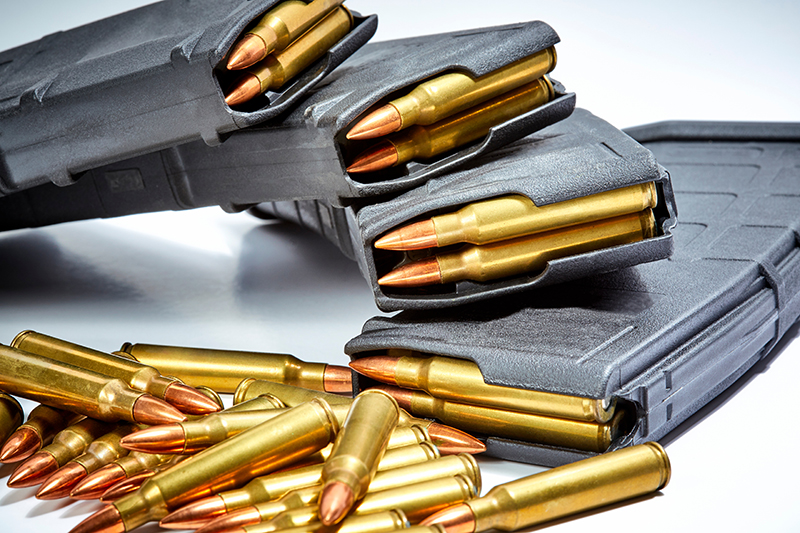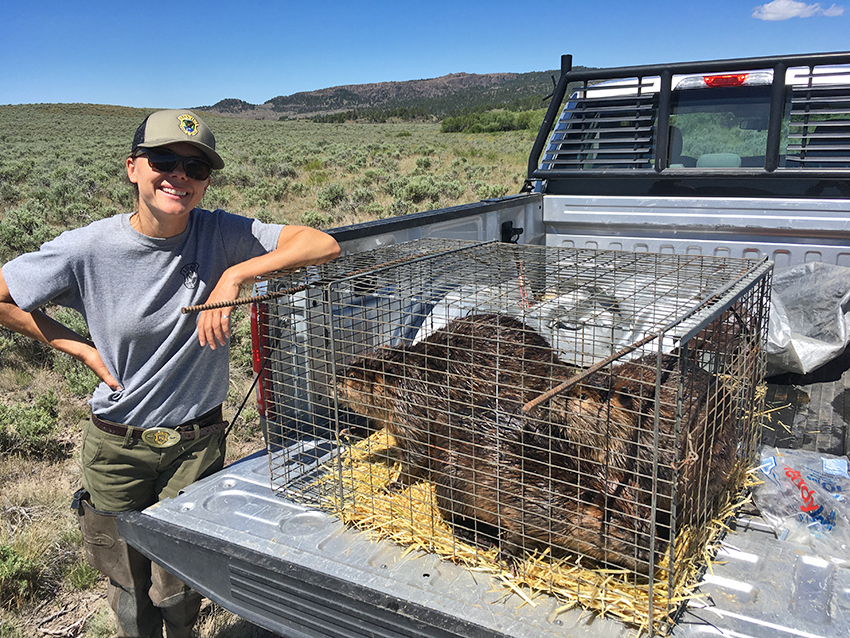Getting By Without A Range
When Shad Biltz and his wife decided to open their own gun shop five years ago in Largo, Fla., one of their goals was to offer training.
“It’s just the most rewarding thing,” said Biltz, a veteran NRA Instructor. “These are great people to build relationships with. From the get-go, we wanted to focus on that.”
There was just one problem, the sky-high cost of a live-fire range. Meeting a host of safety requirements — including air filtration systems — can easily add $1 million and more to the price tag.
Of course, this is a dilemma faced by shop owners, both new and old, across the nation. Having a range opens the potential for new revenue streams from lane fees, gun rentals and sales of ammo, targets and eye and ear protection. You can offer classes and shooting competitions. In short, you give customers a host of reasons to come back.
Over the years I’ve been writing for Shooting Industry, I’ve lost track of the number of times a shop owner has talked about all the benefits of a range, while also questioning how successful they’d be without one.
But I’ve also talked to a lot of successful shops that don’t, for a variety of reasons, have a shooting facility.
Obviously, everyone’s situation is different. What works for a shop in suburban Denver might not fly in a rural South Dakota store. Let’s look at some options out there for stores that don’t have a range.
Connecting Customers With Trainers
For Biltz, who now has two Mad Dog Armory stores on Florida’s west coast (the second opened in Tampa Bay, May 2021), the answer was outsourcing. They looked around to find somewhere else they could take customers for training. The first option was another store with an indoor range. As you might expect, it didn’t turn out so well.
“I’d take customers in to use the range and then they’d become their customers,” Biltz recalled.
So, they looked around at private ranges before settling on the Wyoming Antelope Club, an outdoor range in nearby Clearwater. Today, Biltz and his wife are both members of the club where they hold positions as range officers, giving them access to the facility and its various ranges.
At least once a week they teach classes for their own customers at the range. They also operate a couple of shooting clubs (one for men and one for women) that meet once a month at the range where they socialize and learn about shooting. It’s a partnership that works well for both the range and their business.
“We help drive membership to them,” Biltz confirmed. “Our kickback is being able to use the facility. We kind of scratch each other’s backs.”
In a similar situation is Ace Sporting Goods in Washington, Pa., where easy access to free outdoor shooting locations dampens customer demand for an in-store range. Ben Romanoff, whose family has owned the shop for seven decades, said they’ve looked at the idea, but it just doesn’t make sense from a financial standpoint.
“Looking at the volatility of the industry, to invest that kind of money in a range is scary,” Romanoff expressed. “I’ve always heard it’s the third or fourth person to own the range who makes the profit.”
He does have informal relationships with a couple of private ranges roughly half an hour away. In slower times, they’ve provided free range passes for the shop to hand out with new gun sales.
“They send people to us, and we send people to them,” Romanoff shared.
A key factor in the relationship, however, is the fact neither of those ranges has much in the way of retail operations. He’s not sending any of his customers to a competitor.
“Looking at the volatility of the industry, to invest that kind of money in a range is scary. I’ve always heard it’s the third or fourth person to own the range who makes the profit.”
Ben Romanoff, Owner, Ace Sporting Goods
Simulators Bring People In
While the idea of adding a live-fire range isn’t on the table, Romanoff is considering whether a virtual range in the basement could be an option.
“If the simulator is realistic and worthwhile, I’ll look at it,” he confirmed. “It seems like something that could work, depending on the cost and what people would pay for it.”
He’s not the first person to consider this pathway, suggested Todd Mallon, president of Sports Entertainment Specialists, a Colorado company that makes virtual firearm simulators.
To be clear, these aren’t video games you’ll find at a neighborhood bar. These are like the simulators used for military and law enforcement training. Over the past couple of years, Mallon said they’ve been selling more of them to retail gun shops.
Some are looking for a way to improve training classes. Others are simply seeking to add yet another option for customers.
And there are those stores that want a range — without having to pay for the pricey live-fire option.
“The name of the game is just to get people coming back in the door,” Mallon said.
From a pricing perspective, you’re looking at around $20,000 for a complete setup. Options include CO2-powered recoil kits (the most popular is designed for GLOCKs) that create a more realistic shooting experience, complete with recoil. Ideally, the unit needs a 12’x20′ space, but in a pinch you could get by with as little as 4’x12′.
Among the advantages of the Gunfighter system — which comes in Sport or Pro configurations — is its friendliness to someone who’s never shot a gun.
“It’s a very easy process to introduce new shooters when you use a simulator,” Mallon added.
It can be a source of pure entertainment with a wide range of fun programs, including zombie attacks, a carnival and Old West shootouts. With more than 200 training scenarios, the Pro version has stronger applications for shops looking to add or upgrade their educational offerings.
“If people are looking to make money from a simulator, training is far and away the best option,” Mallon concluded.
What If Training Isn’t The Focus?
Of course, not everyone is looking to get deep into the business of training customers. It’s particularly true now, when the industry is working overtime just to meet the basic demands of customers in the face of ammo and firearm shortages.
At GunRunner Arms in Junction City, Ore., they gave up on their concealed carry classes in summer 2020, after being forced to repurpose their classroom space to meet other retail needs. Owner Adam Bryce and his sons have discussed the idea of adding a live-fire range, but have been discouraged by the cost and the reality of local politics.
They’d love to offer training for their customers, but don’t have the time to pursue it.
“I can’t do it, personally,” Bryce remarked. “I’m trying to retire, but I’m still working 60 hours a week.”
But it doesn’t mean they ignore the needs of customers.
For those folks seeking training, he has a relationship with a former employee who is now a private instructor with access to a local range. The shop has a stack of business cards to hand out to anyone looking for help.
“I’ve been referring a lot of people to him,” Bryce noted. “He’s been doing a lot of classes this past year.”
As you can see here, even if your facility doesn’t have live-fire accommodations, there are a variety of ways you can encourage training and connect customers with other local resources.





